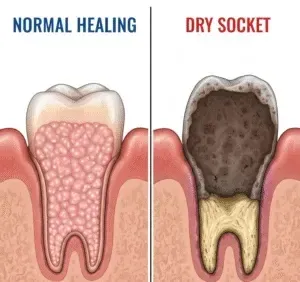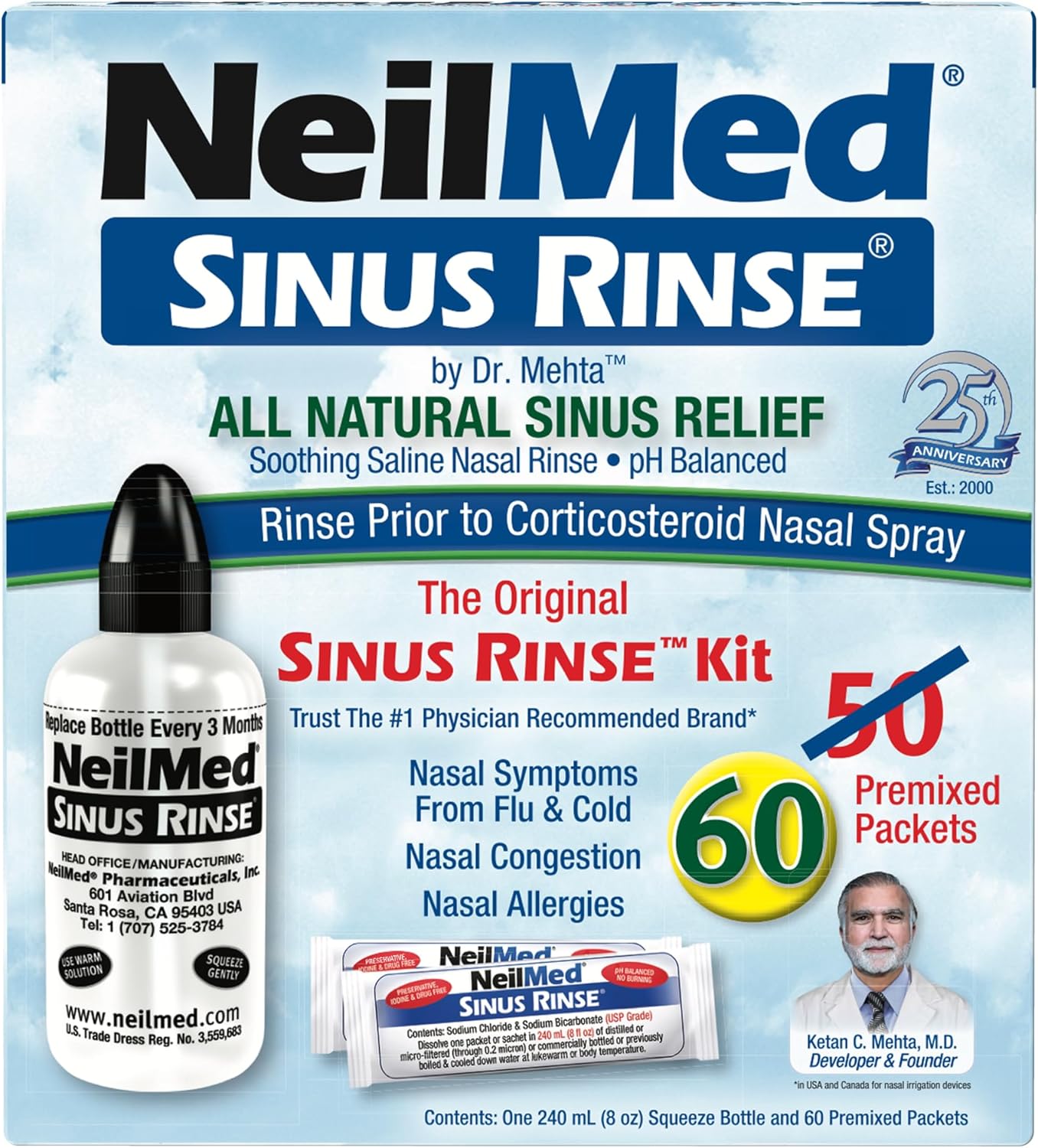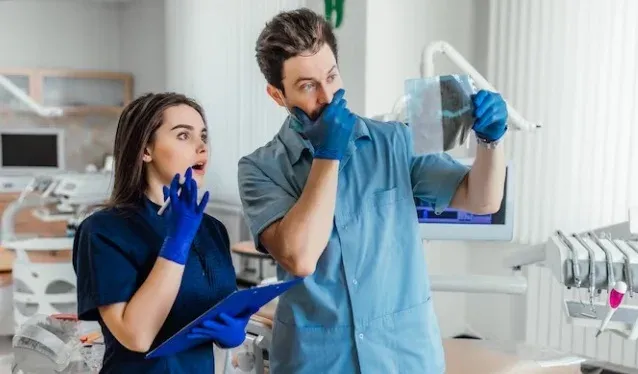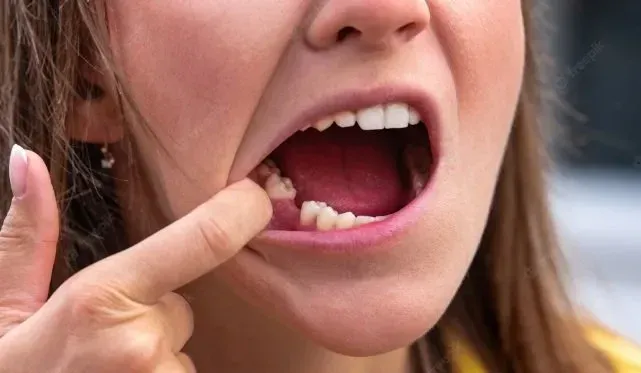Pictures of Granulation Tissue After Tooth Extraction: Your Visual Guide to a Healthy Socket 2026
Have you looked into your healing tooth socket and seen a new, strange-looking, pinkish or white…
Have you looked into your healing tooth socket and seen a new, strange-looking, pinkish or white jelly-like tissue ?
Don’t panic. This is most likely granulation tissue, and seeing it is a great sign of normal healing.
Many people feel anxious when they see this, wondering if it’s an infection or a problem. This visual guide is here to reassure you. We will show you clear pictures of granulation tissue after tooth extraction, explain what a healthy socket after extraction looks like, and teach you how to tell the difference between normal healing and a complication.
What is Granulation Tissue (And Why Is It a Good Sign?)
Granulation tissue is a type of healing tissue that forms in the extraction site as part of the body’s natural healing process post-extraction.
Think of it as the body’s “scaffolding.” It’s packed with new blood vessels (which give it the pink/red color), white blood cells (to prevent infection), and fibroblasts (which produce collagen to rebuild the site).
Seeing this tissue means your body is actively filling the empty socket and building the foundation for new, healthy bone and gum tissue.
What Does Normal Granulation Tissue Look Like? (Pictures)
This is the most important question. In a healthy socket after extraction, granulation tissue typically looks:
- Color: Pinkish-red (due to the new blood vessels).
- Texture: Soft, moist, and slightly bumpy or “granular,” almost like jelly.

What About White Granulation Tissue?
It is also very common to see white granulation tissue after a tooth extraction. This is usually not a sign of infection. It often means one of two things:
- Maturation: The pink tissue is maturing and new gum cells (epithelium) are starting to grow over it.
- Oral Hygiene: The tissue may appear white or gray simply because it has been in a moist environment (your mouth) or after a salt water rinse.
[Important] Tooth decay, bleeding gums, and persistent bad breath are often signs of deeper oral health issues. Ignoring these problems can lead to more serious dental complications over time. Supporting your teeth and gums with a proven dental formula may help reduce bacteria, improve gum health, and keep your mouth fresh and clean every day.
Normal Healing vs. Complications
This is how you tell the difference between normal healing and a problem.
1. Normal Healing (Granulation Tissue)
- Appearance: Pink, red, or white-ish tissue that is filling the socket.
- Pain: Pain is decreasing progressively day by day.
- This is what you want!

2. Complication: Dry Socket
- Appearance: The socket looks empty. The blood clot has been dislodged, and you might see the white, exposed bone at the bottom.
- Pain: Severe, throbbing pain that starts 3-5 days after extraction and often radiates to your ear.
- Action: See your dentist immediately.
3. Complication: Infection
- Appearance: The tissue is not pink and healthy, but may be “leaking” yellow or white pus. The surrounding gums are very red, swollen, and tender.
- Pain: Pain and swelling that get worse instead of better.
- Other Signs: You may have a fever or a persistent bad taste/smell from the socket.
- Action: See your dentist immediately, as you may need antibiotics.

How to Protect Your Granulation Tissue (What to Do)
If you see granulation tissue, your job is to protect it.
- Maintain Good Oral Hygiene: Continue to practice gentle oral hygiene. Use salt water rinses as directed by your dentist to keep the area clean.
- Avoid Disturbing the Site: Do not touch the granulation tissue with your fingers, tongue, or a toothbrush. Do not use a straw or smoke. Disturbing it can slow down healing or cause bleeding.
- Follow Post-Extraction Instructions: Adhere to all care instructions from your dentist, including diet and pain management.
H2Ocean Healing Rinse (Sea Salt & Enzyme)

Protect your granulation tissue:
- Sterile & Safe: Better than mixing salt water in a cup.
- No Burn: Alcohol-free formula won’t irritate the wound.
- Faster Healing: Enriched with Lysozyme (natural enzyme).
For a complete healing timeline, see our main guide:
Frequently Asked Questions (FAQ)
Q: Is granulation tissue a good sign after tooth extraction? A: Yes, it is the best sign. It means your body is actively building new tissue and the healing process is working perfectly.
Q: How long does granulation tissue last after a tooth extraction? A: The granulation tissue will be visible for about one to two weeks. It doesn’t “go away”; it slowly matures and gets covered by new, normal gum tissue (epithelium), which then closes the socket.
Q: What color is granulation tissue after tooth extraction? A: It typically starts as a dark red (as it forms from the clot), then becomes pinkish-red. It is very common for it to appear as white granulation tissue as new gum cells grow over it.
What’s Next? Enhancing Your Smile (After Full Recovery)
Important Medical Disclaimer: Your extraction site is an open wound. You must not use any cosmetic products, including whitening strips, until your dentist has confirmed that the site is 100% fully healed (this typically takes at least 4-6 weeks). Using chemicals on an unhealed site can cause severe pain and infection.
Once your dentist has given you the all-clear, you can focus on the next step: perfecting your smile.
If you are looking for a safe and effective way to remove stains, our recommended whitening strips are an excellent, enamel-safe option. They are designed to remove years of stains from coffee, tea, and smoking, giving you a brighter, more confident smile after your recovery is complete.
Lumineux Teeth Whitening Strips (Enamel Safe)

Whiten without the pain:
- Zero Sensitivity: Uses Dead Sea salt & Coconut oil instead of harsh bleach.
- Dentist Formulated: Safe to use as soon as your dentist approves.
- Fast Results: Visibly whiter teeth in just 30 mins.
🦷 Complete Care Plan
What you need now for healing, and what you need later for your smile:
Conclusion
Seeing granulation tissue after tooth extraction is a normal and essential part of the body’s wound healing process. It’s a positive sign that your healthy socket is repairing itself.
By following proper post-extraction care, you can protect this new tissue and ensure a smooth recovery. If you see signs of a dry socket or infection, contact your dentist immediately.








